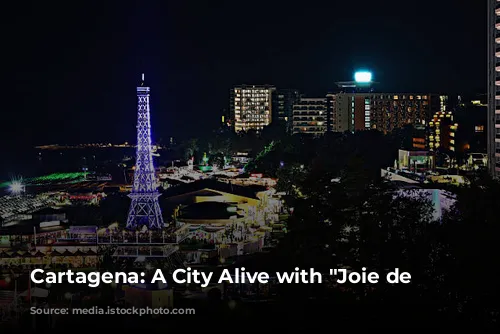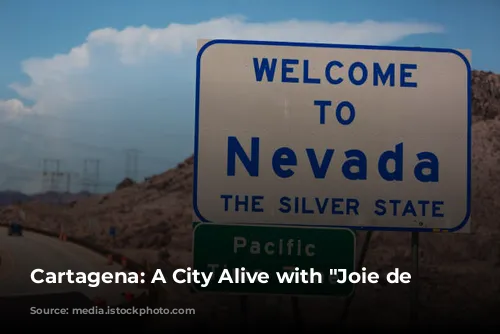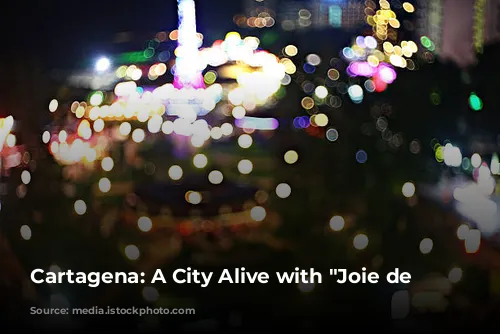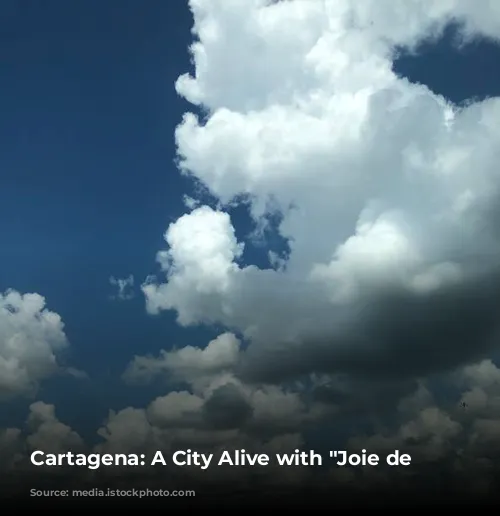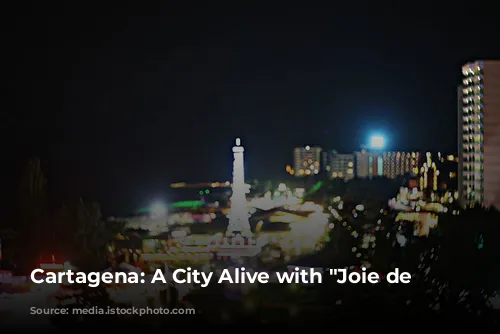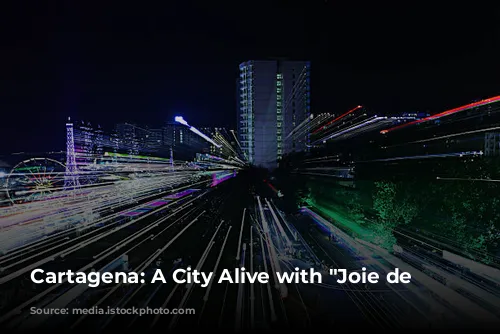Sophie, after her visit to Cartagena, couldn’t stop raving about the city’s vibrant energy, describing it as having a “joie de vivre” unlike any other place she’d been. She loved the way people lived their lives on the streets, embracing the motto of “always walk slowly and in the shade.” This laid-back, vibrant atmosphere truly captivated her.
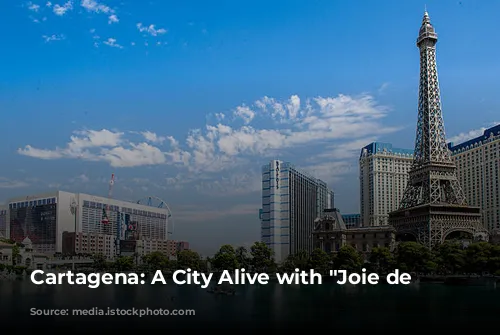
A City of Contrasts: Rich History and Modern Challenges
To get a more nuanced understanding of Cartagena, I reached out to Everyday Tourist reader Cecilia Gossen, a native of the city who still visits annually. Cecilia shed light on the city’s complexities, highlighting the stark contrast between its rich history and modern-day challenges.
She pointed out that Colombia, as a developing nation, grapples with disparities between the wealthy and the less fortunate. Cartagena, heavily reliant on tourism, boasts a range of hotels, from luxurious international chains to local, more budget-friendly options. The city also faces the ongoing influx of Venezuelan refugees, who have arrived in large numbers over the past two decades, seeking a better life. This influx has put a strain on the city’s resources, with many refugees arriving with nothing. Cecilia even mentioned seeing makeshift dental chairs in local plazas, where Venezuelan dentists try to make a living. This situation paints a picture of resilience and resourcefulness in the face of adversity.

The Heart of Cartagena: Public Life in the Old City
Despite these challenges, Cecilia’s love for Cartagena shines through. She emphasizes the importance of experiencing the city’s soul by exploring the various plazas in the old city. Here, life unfolds in a captivating blend of restaurants, street performers, pop-up shops, and juice stands. Each district has its unique charm.
Cecilia specifically recommends Getsemani, a working-class neighborhood that has become a hub for artists and musicians who express their talents on the streets. This area is known for its bohemian vibes and welcoming atmosphere for the LGBTQ+ community. Getsemani is also home to an array of restaurants and boutique hotels housed in historic buildings.
San Diego, another lovely district in the old city, boasts a beautiful plaza that offers everything from a five-star hotel to the Fine Arts school, restaurants, and street entertainment. These vibrant plazas showcase the authentic spirit of Cartagena.
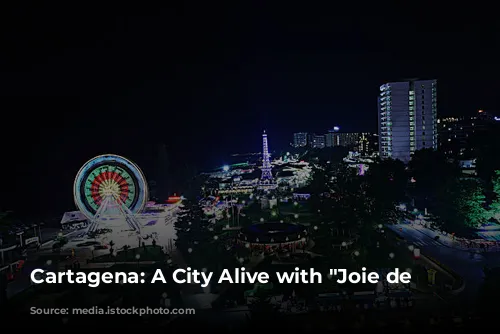
Calgary: A City of Indoor Spaces
After watching a series of documentaries about waterfront cities, I started to understand why people struggle to grasp Calgary’s sense of place. Our city lacks the charm of a historic old town. Sure, we have Stephen Avenue downtown and 9th Ave SE in Inglewood, but these are more like streets than a real old town.
We also lack the communal experience of a bustling outdoor market. Our farmers’ markets are mostly indoors, and we socialize in enclosed spaces, whether it’s the +15 walkways downtown, food halls, or cafes. While we cherish our parks and river in the summer, in the winter, we retreat indoors to our mega recreation centers.
This preference for indoor spaces is evident in our shopping habits. We primarily shop at indoor malls and favor walking to our cars rather than relying on public transit. Unlike many European, Latin American, South American, and Asian cities, Calgarians often live in large single-family homes, providing ample indoor space for socializing. This, combined with our cold winters and cool summer evenings, has contributed to our indoor-oriented lifestyle.
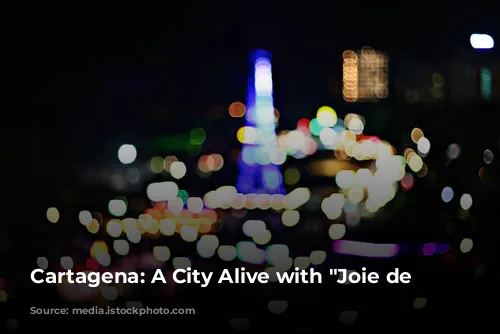
Conclusion: Finding Our Own “Joie de Vivre”
While Calgary may not have a “joie de vivre” like Cartagena, it’s important to recognize that every city has its unique character. Calgary, with its indoor spaces and focus on comfort, may not be as outwardly lively, but it still offers its own brand of charm and community. The key is to embrace what makes our city special, appreciate its strengths, and find ways to foster a sense of connection and belonging, whether indoors or out.
